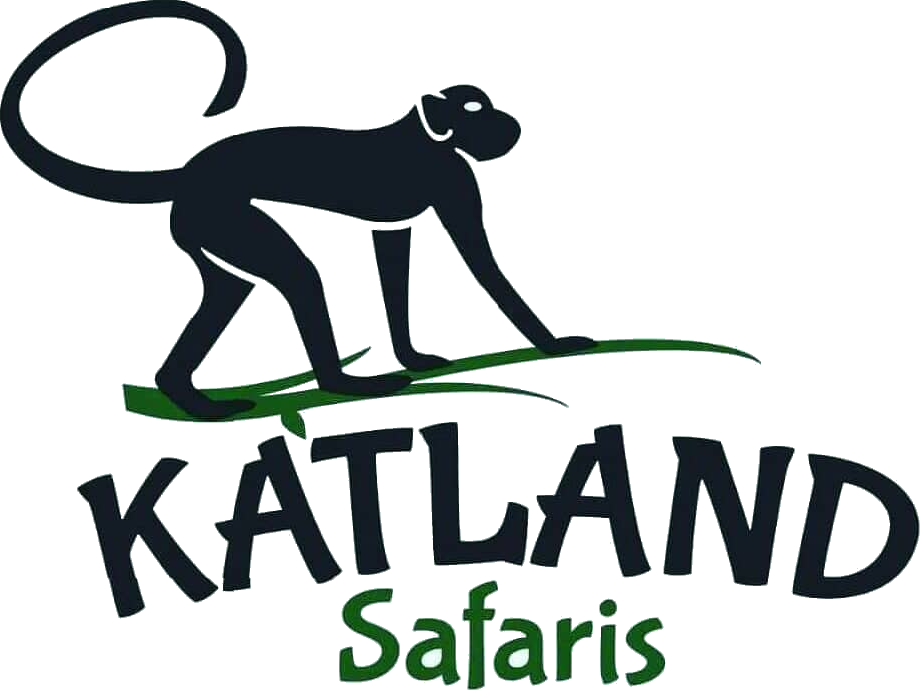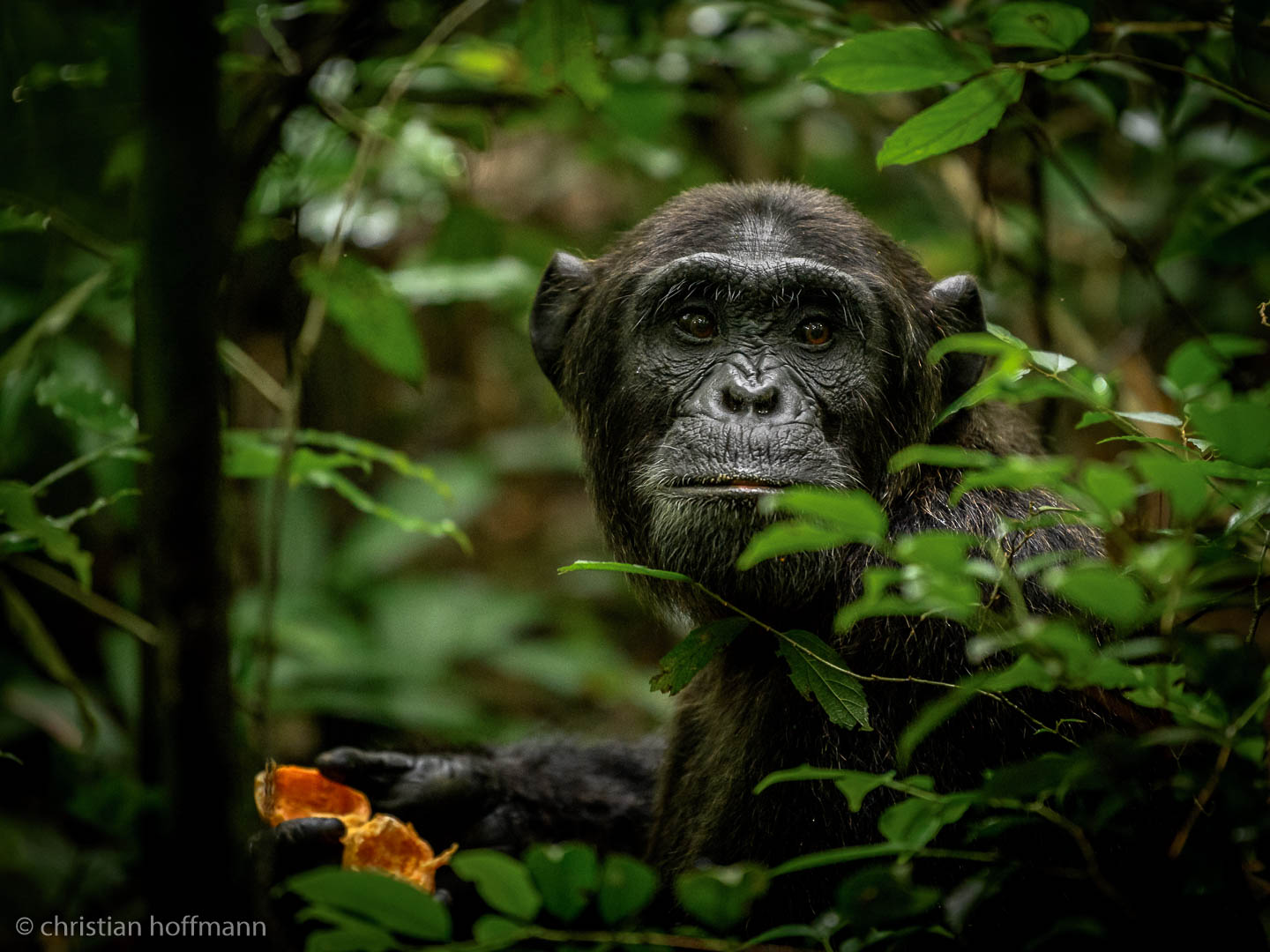And the gorilla experience.
Their large trunks produce uneven, exuberant crown, seasonally draped with graphelike clusters of fruits. Their roots extend out at unimaginable angles-angles rendered all the more amazing by the masses of organized mosses and lichens carried by those limbs over most of the year. More terrifying perhaps was the sight of so many hagenia limbs draped over our delicate cabinetry.
Natural greenery at Karisoke drew a range of animal life. Over the course of the month, the Lobelia outside our cabin developed a three-five foot long spike of purple blooms and buds from bottom to top. Though sunbirds like the capacity to hover, they drew a stream of northern double-collared and scarlet-tufted sunbirds, Africa’s equivalent to hummingbirds.
Cinnamon bracken warblers and Rwenzori turaccos hopped over the canopy above and green doves tore the air like-low flying jets. Usually in couples producing noisy sounds, white-naped ravens come on sporadic foraging trips. More frustrating than their vocalisations, however, was the scratching of their claws on our tin roofs.

The black-fronted duikers were the most attractive indigenous animals. Rising over knee-height, this little antelope had a beautiful coat of deep chestnut across much of its body, with black blaze on its nose. Inside its ears, delicate black and white marks graced them. Its sole defense comes from a pair of rather curved, dagger-shaped three- to four-inch horns; extended hooves provide mashing support.
Duikers elsewhere in the forest are somewhat timid due to their reputation as a top target for hunters. But around karisoke, the protecting presence of workers and researchers let them tiptoe softly about their life with little thought. Also living in the nearby woodland but seldom seen were the bushbucks, a deer-sized antelope with foot long spiraled horns.
Most usually, its self-awareness was shown by its dozing behavior—exactly like a dog. The shrill bark of the bushbuck shocked us into poacher alert settings more than once in our first few months, picturing instead the hunter’s dog.
Sometimes we were given the sight of its and lines against a coat of reddish brown, black and white patterns on long exquisite legs.
Although we seldom saw a cape buffalo near the camp, its copious poo mounds informed us that it was a regular nighttime guest. What half-ton this is?
Though it was never evident to us, the savannah-dweller was accomplishing at ten thousand feet in the rain forest was to be appreciated. And its footprints down the forty-yard approach to our outhouse ensured that only the most essential visits were made late at night.
While elephants passed fifty-feet of our cabin one night and gorillas came within two hundred yards on our first Christmas day, other animals just seemed to avoid the camp. People saw a leopard less than a mile away.
Free from fences and other restrictions, those animals that did stray inside the karisoke complex strolled as they liked. Usually, people stroll over stone railroads. A small network of gently elevated paths reinforced with different sized pebbles was the imperfect answer to living in a swamp. Built on the highest grounds, near Dian’s mansion, they functioned really well.
For those of us at the lower end of the camp, it was useless to attempt to remain dry, particularly at night when the chance of damaged ankle from rock-hopping in the dark much out awareness worry. Equipped with nice wool socks and army jungle boots that let water flow easily in and out, Bill’s daily ritual was to stomp into the first puddle of standing water or mud and carry on with the day.
Once dry once more at night, even though I really wanted to remain that way. Eventually, Amy joined Dian and many others in donning rubber boots about camp, but local merchants did not carry bill size thirteen.
Actually, not many sites fell inside the confines of the research station. Though the one hundred odd yards of our cabin to Dian’s may appear much longer, with the greenery, the quality of the route, and our connection, everything seems much longer. Though their sizes were different, the building at Karisoke had the same design.
More help came from floor construction; a platform of rough hewn boards elevated around three feet above the ground. Little hypericum saplings woven together with wires or vines supported the roof.
Then stapled into the Skelton, thin sheets of mabati, also known as corrugated tin, finished the exterior construction for the walls and roof. interior designs was very similar across all structures, with a layer of rigid bamboo mats creating a fake ceiling for false insulation, while papyrus mats draped the walls and covered the floor.
Our cabin was about thirty by twelve feet, and a partial barrier separated our bedroom area from the combined kitchen-office. We also had three windows and mismatched but useful doors. Our furniture included two somewhat loud metal spring bed frames, one desk, three chairs, and a counter, stool. It provided everything we need and ideal habitat for the seven rodent species that called our comfortable home.
The karisoke construction made little difference in terms of weather protection. Although direct downpour was usually avoided, with strong storming there was a danger of significant hearing impementment.
And although the rain may not come in from above, the dampness from below was always there. Kerosene lighting helped if you sat near, but mostly we simply dressed warmly. Amy most often slept in sweat pants, wool socks, a turtneck shirt, vest, and even a knit hat while she was by herself in camp.


